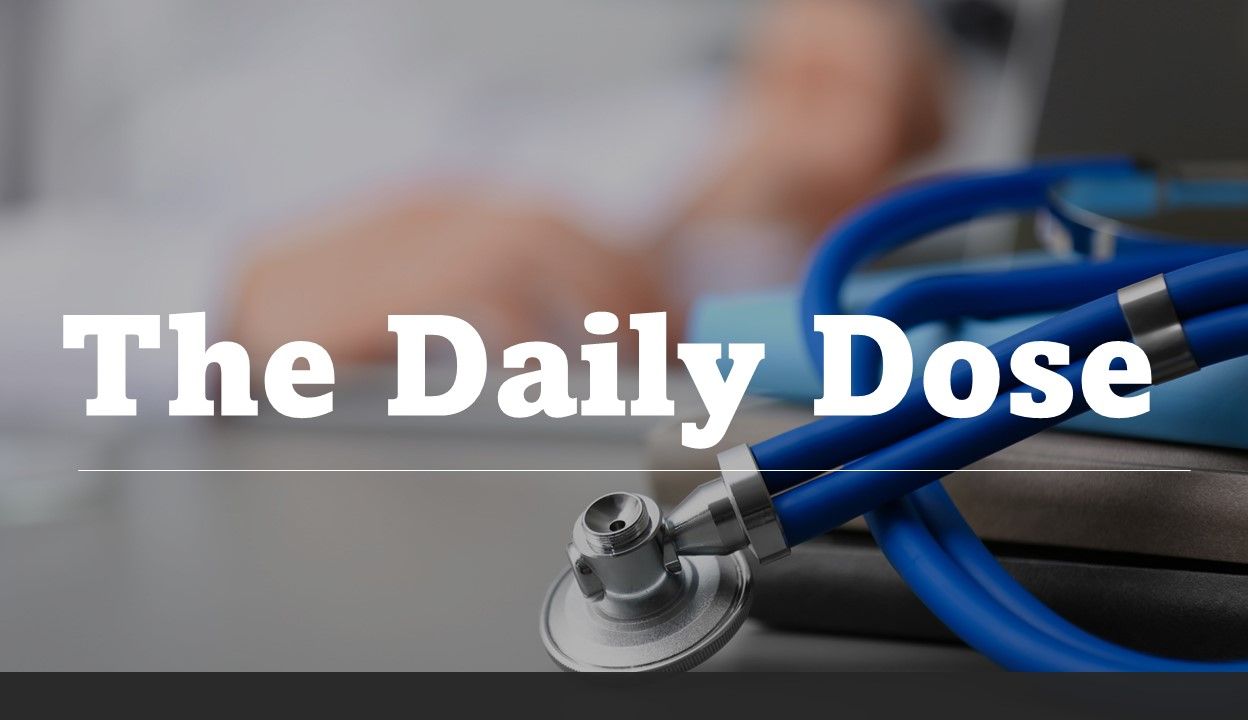Patient Care brings primary care clinicians a lot of medical news every day—it’s easy to miss an important study. The Daily Dose provides a concise summary of one of the website's leading stories you may not have seen.
Last week, we reported on findings from a study published in the Annals of Internal Medicine that examined trends in the prevalence, treatment, and control of cardiovascular risk factors among low-income and higher-income middle-aged US adults.
The study
Researchers identified NHANES participants aged 40 to 60 years who had completed the household interview and medical examination components of the survey from 1999 through March 2020. The unweighted final cohort numbered 20 761 participants. Mean age was 51.4 years and 51.4% were women.
They examined baseline systolic blood pressure (SBP), diastolic blood pressure, HbA1c, total cholesterol, and body mass index (BMI) for all participants and then evaluated the age-standardized prevalence of hypertension, diabetes, hyperlipidemia, obesity, and current cigarette smoking. Rates of treatment and of control were determined for hypertension, diabetes, and hyperlipidemia. Income was measured by the income-poverty ratio and investigators used Department of Health and Human Services definitions to identify participants with low- and higher-income status.
Findings
Results showed that the prevalence of hypertension, diabetes, and cigarette use was consistently higher among low-income adults between 1999 and March 2020.
Researchers observed an increase in hypertension among low-income adults from 37.2% to 44%.7% over the study period while the prevalence of diabetes and obesity was unchanged.
In contrast, while hypertension prevalence did not change among higher income adults, diabetes nearly doubled (7.8% to 14.9%) and obesity rose from 33.0% to 44.0%. Of significant concern, according to the study findings, by the end of the study period, nearly 1 in 2 middle-aged adults had obesity regardless of income level.
Authors' comment
"Over 2 decades in the United States, hypertension increased in low-income middle-aged adults, whereas diabetes and obesity increased in their higher-income counterparts. Income-based disparities in hypertension, diabetes, and smoking persisted even after adjustment for other social determinants of health."
Click here for more details.

